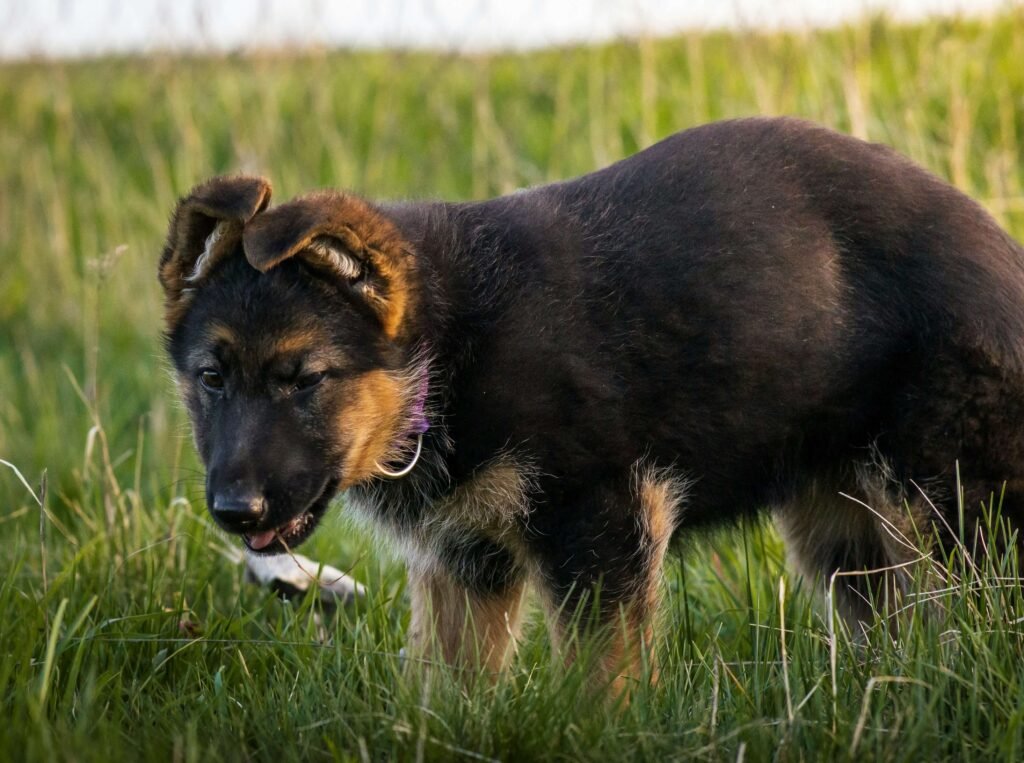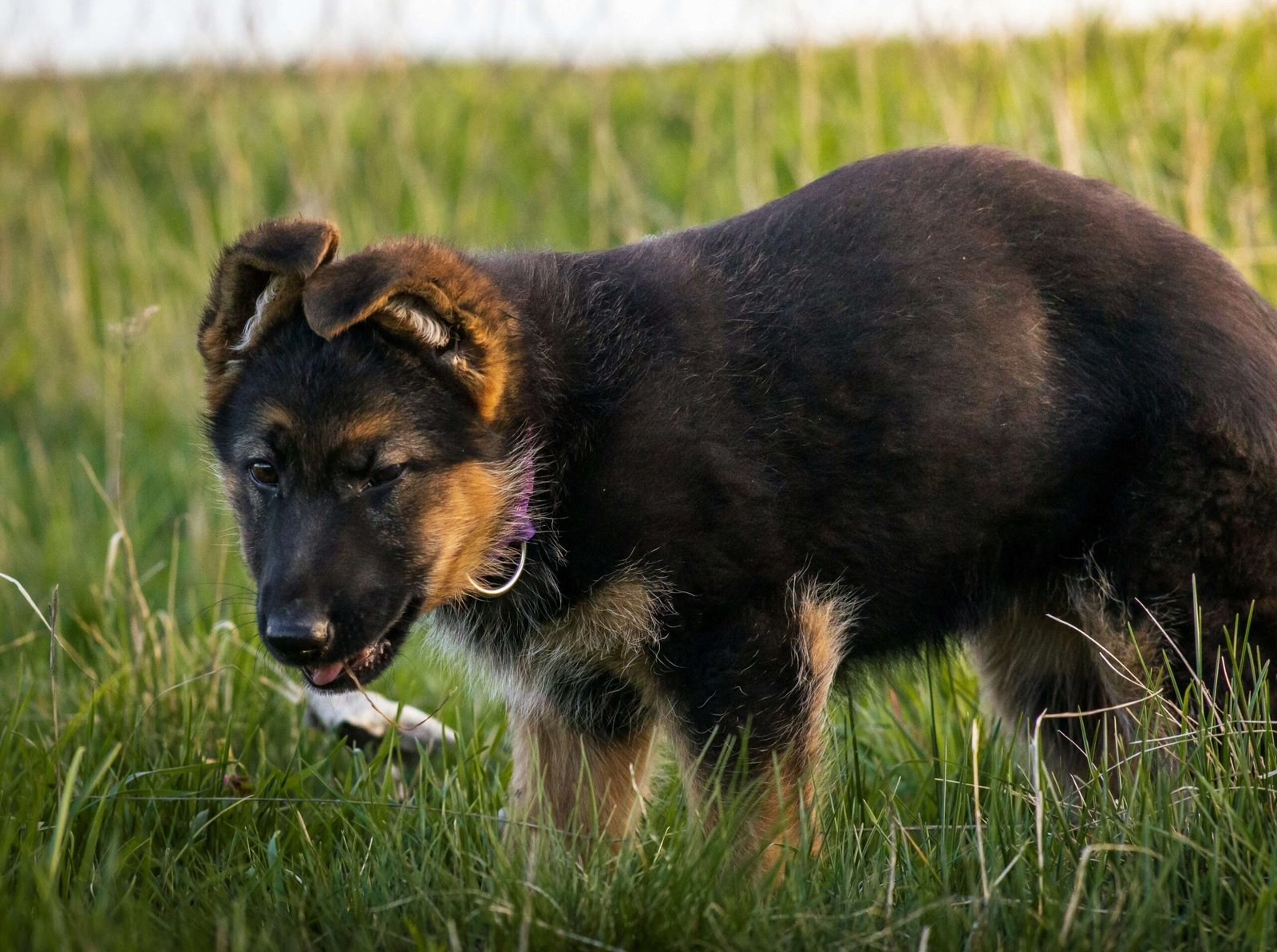Do Dogs Get Pregnant Every Time They Mate?
Dogs are beloved companions, and their reproductive habits often spark curiosity among pet owners. One common question that arises is whether dogs get pregnant every time they mate. The answer isn’t as straightforward as it might seem. While mating increases the likelihood of pregnancy, several factors influence whether conception occurs. In this blog post, we’ll explore the intricacies of canine reproduction, shedding light on what happens during mating and why pregnancy isn’t guaranteed every time. Whether you’re a curious dog owner or someone considering breeding, this guide will provide valuable insights into your furry friend’s reproductive journey.
Understanding the Basics of Canine Reproduction
Before diving into the specifics of pregnancy, it’s essential to understand how canine reproduction works. Dogs have unique biological processes that determine whether mating results in pregnancy. Here’s a breakdown of the key factors:
Female dogs experience a heat cycle, also known as estrus, which typically occurs twice a year.
During this period, they are receptive to mating and more likely to conceive.
Male dogs, on the other hand, are capable of mating year-round but may show increased interest during a female’s heat cycle.
Successful mating requires proper timing, as the fertile window is relatively short.
Not all matings result in pregnancy due to factors like fertility issues or improper timing.
In conclusion, understanding these basics helps explain why pregnancy isn’t guaranteed every time dogs mate. It’s a delicate balance of biology and timing.
Factors That Influence Pregnancy After Mating
Even when dogs mate successfully, certain variables can affect whether pregnancy occurs. These factors play a significant role in determining the outcome. Let’s take a closer look:
The female dog’s age can impact fertility; younger and older dogs may have reduced chances of conceiving.
Health conditions, such as infections or hormonal imbalances, can interfere with pregnancy.
Stress or environmental changes may disrupt the heat cycle or reduce fertility.
Poor nutrition can negatively affect both male and female reproductive health.
Genetic factors may also play a role in the likelihood of conception.
These elements highlight the complexity of canine reproduction and why not every mating leads to pregnancy. Awareness of these factors can help dog owners make informed decisions about breeding.
Check this guide 👉Understanding Dog Pregnancy Week by Week: Best 7 Tips!
Check this guide 👉Why Your Pregnant Dog May Not Be Eating: Best 7 Tips!
Check this guide 👉Can a Dog Get Pregnant When Not in Heat? Best 7 Expert Tips!

Factors Affecting Pregnancy | Signs of Successful Mating |
|---|---|
Timing of the heat cycle | Locking behavior during mating |
Age and health of the dogs | Swollen vulva after mating |
Nutritional status | Discharge changes in the female |
Environmental stressors | Increased appetite in the female |
Genetic predispositions | Behavioral shifts in the female |
Signs That Indicate Pregnancy After Mating
After mating, dog owners often wonder how to tell if their pet is pregnant. While only a veterinarian can confirm pregnancy through tests, certain signs may indicate success. Here’s what to look for:
A noticeable increase in appetite, as the body prepares to nourish developing puppies.
Behavioral changes, such as increased affection or nesting behaviors.
Physical changes, including weight gain and an enlarged abdomen.
Nipple enlargement and darkening as the body prepares for lactation.
Decreased energy levels or lethargy in some cases.
These signs don’t guarantee pregnancy but serve as indicators that further investigation may be needed. Consulting a vet is always the best course of action.
Preventing Unwanted Pregnancies in Dogs
For dog owners who aren’t planning to breed, preventing unwanted pregnancies is crucial. There are several effective strategies to ensure your dog doesn’t conceive accidentally. Consider the following options:
Spaying or neutering your dog is the most reliable method of preventing pregnancy.
Keeping female dogs away from male dogs during their heat cycle reduces mating opportunities.
Supervising outdoor activities to avoid unsupervised interactions with other dogs.
Using protective gear, such as dog diapers, during the heat cycle.
Educating yourself about the signs of a dog in heat to take preventive measures.
By implementing these strategies, you can minimize the risk of unplanned pregnancies and ensure your dog’s well-being.
Common Misconceptions About Canine Mating
Many dog owners hold misconceptions about canine mating and pregnancy, which can lead to confusion or misinformation. Let’s debunk some of the most common myths:
Dogs can get pregnant at any time of the year.
Male dogs are always fertile, regardless of their age or health.
All matings result in pregnancy if the dogs are healthy.
Pregnancy can be confirmed solely based on physical changes.
Spaying or neutering is unnecessary if the dog is kept indoors.
Understanding these misconceptions helps dog owners make informed decisions about their pets’ reproductive health. Always rely on professional advice rather than assumptions.
Health Risks Associated With Frequent Breeding
Frequent breeding can pose significant health risks to female dogs, making it essential to approach reproduction responsibly. Here are some potential risks to consider:
Increased likelihood of uterine infections, such as pyometra, after multiple pregnancies.
Higher risk of complications during labor, including dystocia (difficult birth).
Nutritional deficiencies due to the demands of repeated pregnancies.
Long-term joint and bone issues from carrying large litters.
Emotional stress and exhaustion from frequent heat cycles and pregnancies.
These risks underscore the importance of responsible breeding practices. Prioritizing your dog’s health over frequent litters ensures a longer, happier life for your pet.
Benefits of Spaying or Neutering Your Dog
Spaying or neutering your dog offers numerous benefits beyond preventing unwanted pregnancies. It’s a responsible choice that positively impacts both your pet and the community. Consider the following advantages:
Reduced risk of reproductive cancers, such as ovarian or testicular cancer.
Decreased likelihood of behavioral issues, such as aggression or roaming.
Prevention of overpopulation and the strain on animal shelters.
Improved focus and trainability in neutered male dogs.
Longer lifespan due to reduced health risks associated with intact dogs.
Spaying or neutering is a proactive step toward ensuring your dog’s well-being while contributing to a healthier pet community. Discuss this option with your veterinarian to determine the best timing for your pet.
Frequently Asked Questions
How long does a dog’s heat cycle last?
A typical heat cycle lasts about 2-4 weeks, with the fertile window occurring around days 9-14.
Can a dog get pregnant during her first heat cycle?
Yes, but it’s generally recommended to wait until the second or third cycle for breeding to ensure the dog is physically mature.
How can I confirm if my dog is pregnant?
A veterinarian can perform tests such as ultrasounds or hormone level checks to confirm pregnancy.
What should I do if I suspect my dog is pregnant?
Schedule a vet visit for confirmation and guidance on prenatal care.
Is it safe to spay a dog after she has had puppies?
Yes, spaying after pregnancy is safe and can prevent future litters.
Final Thoughts on Canine Pregnancy
Understanding whether dogs get pregnant every time they mate involves delving into the intricacies of their reproductive systems. While mating increases the chances of pregnancy, various factors, such as timing, health, and genetics, play a role in determining the outcome. By educating yourself about canine reproduction, you can make informed decisions about breeding or preventing pregnancy. Remember, consulting a veterinarian is always the best way to address concerns about your dog’s reproductive health. With proper care and attention, you can ensure your furry companion remains happy and healthy throughout their life.
Why Is My Cats Second Eyelid Showing? Best 7 Expert Tips! Understand causes, health signs, and how to respond when your cat’s third eyelid becomes visible.
How Do I Know If My Cat Died Peacefully? Best 7 Expert Tips! Discover the quiet signs of a peaceful feline passing and find comfort in their final moments.
Cat Allergy Eyes: Best 7 Expert Tips! Discover why your eyes react to cats and learn proven strategies for relief—without giving up your feline friend.
Why Do Abyssinian Cat Colors Matter? Best 7 Expert Tips! Discover the genetics, rare hues, and care secrets behind Abyssinian coat colors for a healthier, happier cat.





